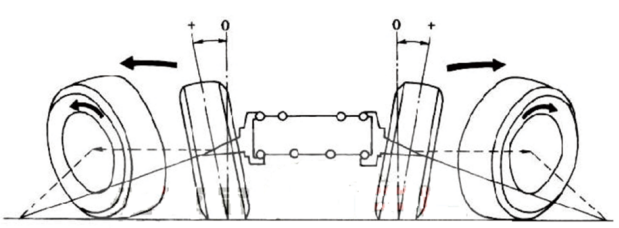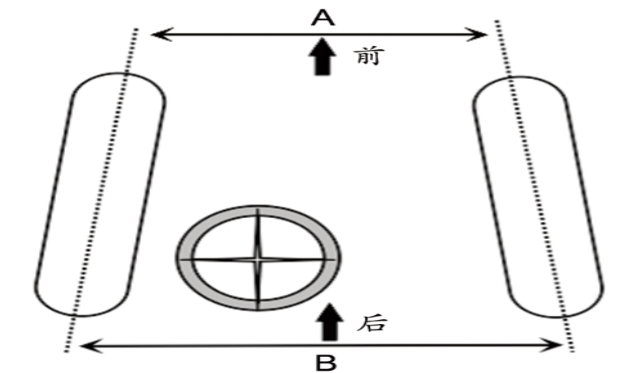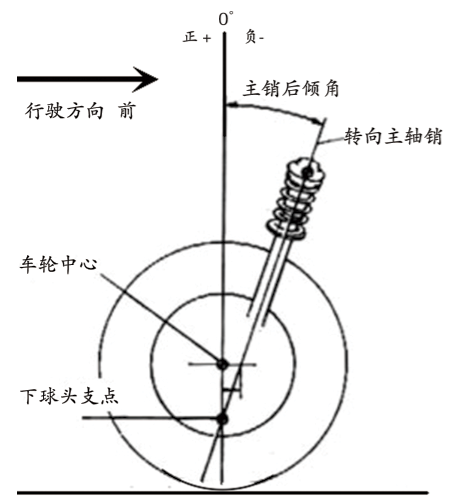+86 13863856861
If the wheel angle is sub-optimal it could lead to tire wear, making your car deviate to one side of the road.
A car wheel aligner ensures that your tires have a proper angle in order for the tires to grip the road properly.
In this writing, you will find out 3 things you need to know about car alignment.
A car tyre wheel alignment refers to the adjustment of a vehicle’s suspension. When properly aligned, your suspension points your vehicle’s tires and wheels straight down the road.
Ensuring that your wheels are properly aligned helps to improve your tire wear as well as make your steering more precise.
Even though it is called a wheel alignment, the actual adjustment is done to the suspension. This should not be confused with wheel balancing, which compensates for the weight of the wheel.
Through the car wheel alignment, can ensure flexible steering, ride comfort, driving straight to maintain, extend tire life and reduce vibration caused by the road.
The basic angles of four-wheel alignment include toe angle, camber angle, caster angle, thrust angle, etc.
Here's a brief introduction of the three main factors that affect steering, wheel stability, and other components.
The camber is the inward or outward angle of the tire. A camber of zero degrees means that the wheel is perpendicular to the surface, in other words, the wheel is aligned perfectly to its centerline.
If the angle is a few degrees off the centerline, it is either called positive camber or negative camber. Positive camber means that the top of the tire leans outwards, while a negative camber makes it lean inwards.

Toe is a parameter called tracking and describes the angle of the wheel in relation to the longitudinal axis of the vehicle.
The goal of the toe is to make sure that all the wheels are parallel when driving straight. It is also the most common alignment that will have to be adjusted.

The caster angle is defined as the steering axis relative to the suspension components. The steering axis is at the center of the wheel.
An angle of zero, is probably what most people think is the standard.
The majority of modern cars use a positive caster as it provides better steering. The positive caster is responsible for straightening out the steering wheel by itself when you let it go after turning.

● After driving for a while, the steering direction feels heavy.
● Tire shake, runout, and misalignment when driving.
● A feeling of floating, bumping, and swaying when driving.
● Abnormal wear and tear, such as tire wear on one side, eccentric wear, etc.
● Damage to the chassis and suspension caused by an accident.
● A four-wheel alignment is required after reassembly of the axle and suspension components.
When any of these conditions occur, please do not take any chances and a wheel alignment operation needs to be considered.
Wheel alignment is extremely important for tires, for vehicles and for our personal safety, and is an important part to be ignored.
ROADBUCK is a professional car wheel aligner machine supplier in China. For more questions about tires, please feel free to contact us.
2021-11-02